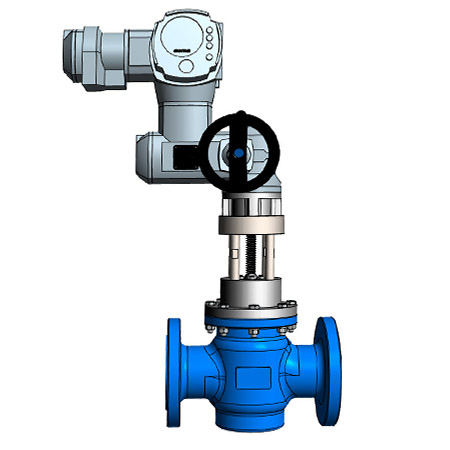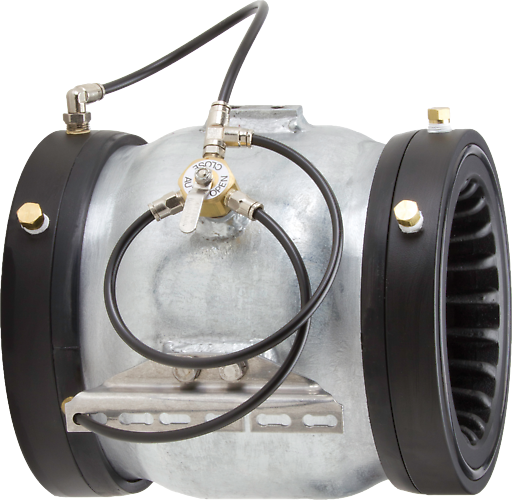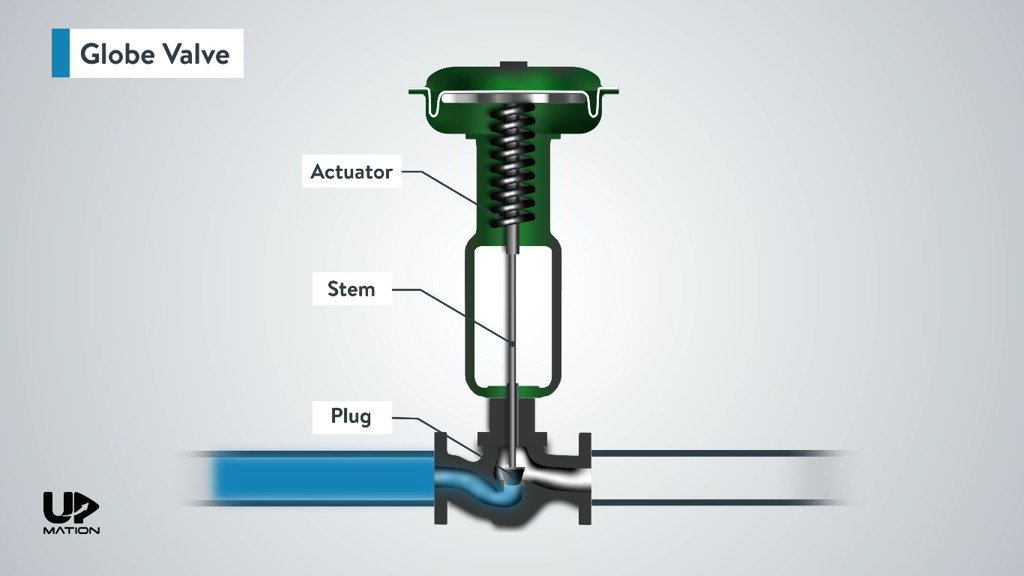Enhancing Operational Effectiveness with Advanced Control Valves
Enhancing Operational Effectiveness with Advanced Control Valves
Blog Article
Achieve Seamless Assimilation and Control With Quality Structure Automation Controls
In the realm of contemporary structure administration, the relevance of top quality structure automation controls can not be overemphasized. Accepting high quality structure automation controls is not just a matter of benefit yet a strategic important for companies aiming to optimize their centers' efficiency and sustainability.

Advancement of Structure Automation Controls
Throughout the past couple of decades, the development of building automation controls has actually considerably changed the way structures are managed and run. Initially, constructing automation systems largely focused on standard functions such as managing air flow, air, and home heating conditioning (HEATING AND COOLING) systems. Nevertheless, as modern technology advanced, these controls have come to be much more sophisticated, permitting a wider range of structure systems to be integrated and handled centrally.
The development of developing automation controls has seen a shift in the direction of even more smart systems that can adapt to changing conditions in real-time. This adaptability is vital for maximizing power performance and guaranteeing occupant comfort. In addition, modern-day structure automation controls currently use functions such as predictive maintenance, remote tracking, and data analytics, enabling facility supervisors to make data-driven choices to improve building performance.

Benefits of High Quality Integration
The advancement in building automation regulates in the direction of more smart systems has actually emphasized the significant benefits of high quality assimilation in enhancing structure procedures and enhancing overall efficiency. This centralized control also offers much better exposure and insights right into building efficiency, enabling positive upkeep and optimization strategies. On the whole, the advantages of quality integration in building automation controls are obvious, supplying raised performance, convenience, and functional efficiency.
Improved User Experience and Ease Of Access
Enhancing individual interaction with building automation regulates via user-friendly style and improved ease of access raises the overall experience for occupants and center supervisors alike. By concentrating on individual experience, constructing automation systems can come to be extra straightforward and effective. Instinctive interfaces, clear navigating, and adjustable settings equip individuals to communicate with the controls easily and efficiently.
Availability features play an important role in making certain that all people, including those with impairments, can utilize the structure automation manages with simplicity. Incorporating attributes such as voice commands, tactile buttons, and color-contrasted screens can enhance accessibility and make the controls more comprehensive.
Additionally, enhanced customer experience look at this website brings about greater user complete satisfaction, enhanced productivity, and better decision-making. Occupants can change ecological settings according to their preferences, while center managers can efficiently handle and check building systems - control valves. On the whole, prioritizing individual experience and access in building automation manages adds to a much more productive and seamless building setting for all stakeholders involved
Sustainable Practices Via Automation

Furthermore, automation can help with the assimilation of renewable resource sources click for source such as photovoltaic panels or wind generators into building procedures. By instantly adjusting energy usage based upon the accessibility of renewable resource, buildings can further minimize their dependence on non-renewable sources. This smooth combination of lasting methods not just profits the setting but also improves the general functional performance and cost-effectiveness of the building. Via automation, buildings can align with modern sustainability goals and add to a greener future.
Future Trends in Structure Control Systems
One popular pattern shaping the future of building control systems is the increased integration of Artificial Intelligence (AI) and maker discovering. Furthermore, the Web of Things (IoT) is revolutionizing building control systems by Go Here attaching gadgets and sensing units to simplify operations and improve performance.
An additional vital trend is the focus on cybersecurity measures to shield against possible threats to developing automation systems. As structures end up being extra interconnected, ensuring robust cybersecurity protocols will be vital to protect delicate information and prevent unapproved gain access to.
Moreover, the shift towards cloud-based systems is gaining energy, permitting for systematized control and remote accessibility to structure systems. This helps with less complicated surveillance, upkeep, and updates, improving the general performance and adaptability of building control systems. As modern technology continues to advance, these patterns are anticipated to shape the future landscape of building automation controls, driving innovation and sustainability in the built environment.
Final Thought
Future patterns in structure control systems are likely to concentrate on further boosting automation capacities for improved energy efficiency and total performance. It is important for structure proprietors and operators to prioritize the fostering of high quality building automation controls to optimize building procedures and achieve lasting sustainability objectives.
In the world of modern-day structure administration, the value of top quality building automation controls can not be overstated. Generally, the development of structure automation manages proceeds to drive advancement in the structure management sector, offering brand-new opportunities for developing smarter and much more lasting buildings.
The improvement in building automation regulates towards even more intelligent systems has actually underscored the substantial advantages of quality combination in enhancing structure procedures and boosting overall effectiveness. Overall, focusing on individual experience and ease of access in building automation controls contributes to an extra productive and seamless structure setting for all stakeholders entailed.
It is necessary for building proprietors and drivers to focus on the fostering of high quality building automation manages to optimize structure operations and achieve lasting sustainability goals. - control valves
Report this page